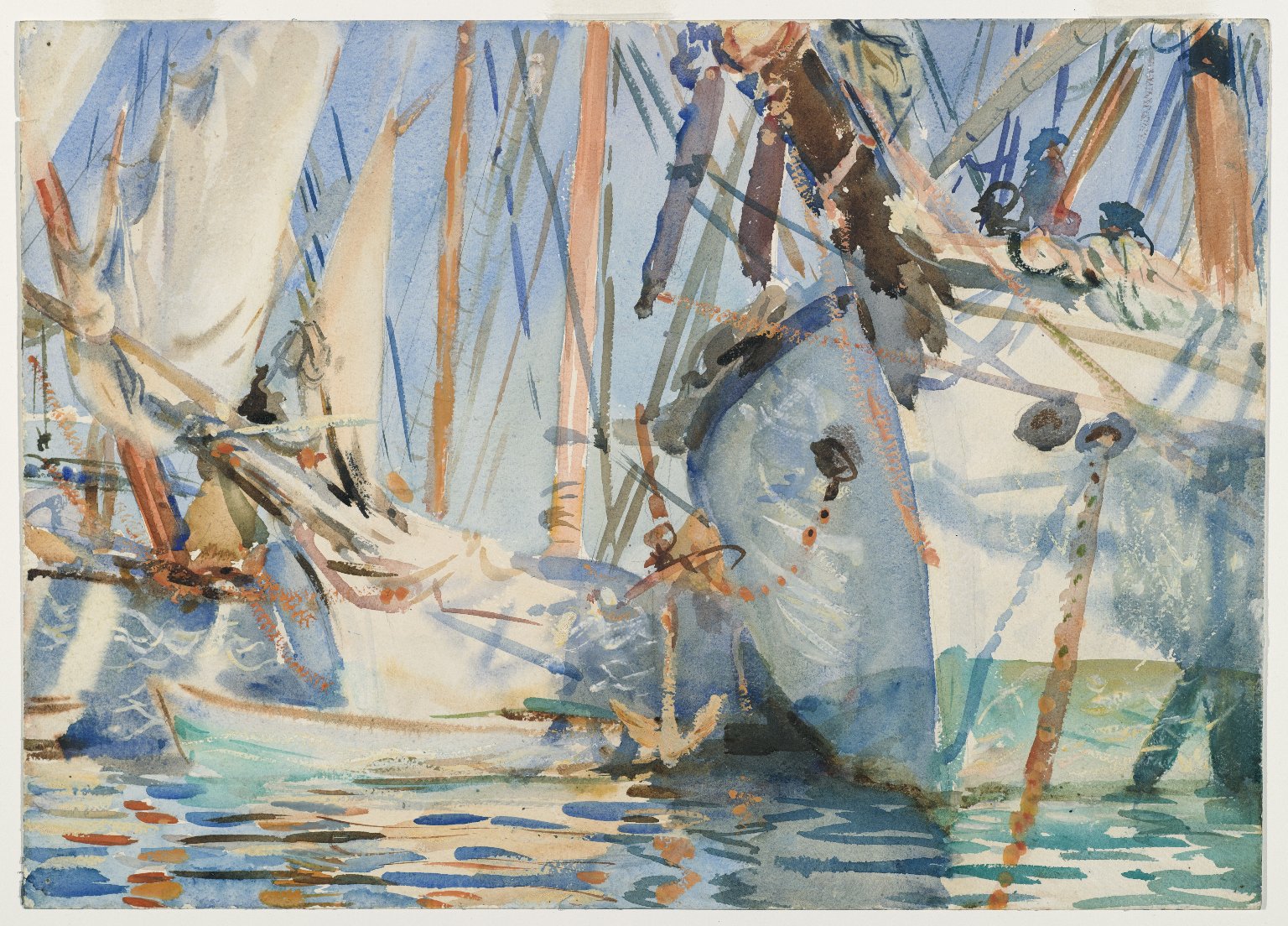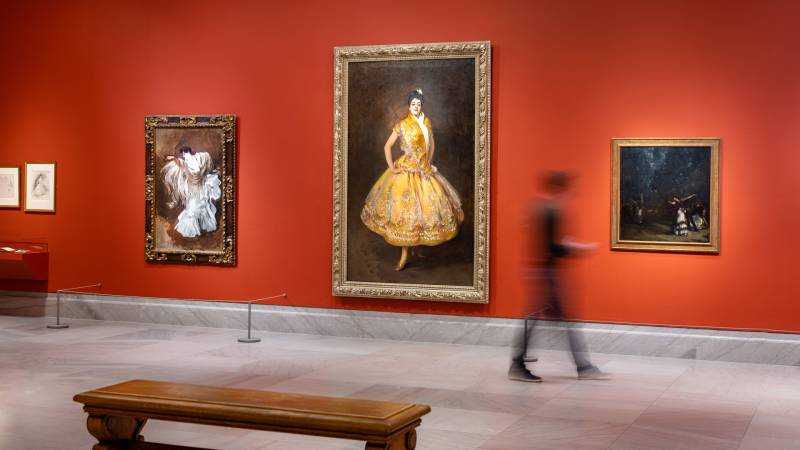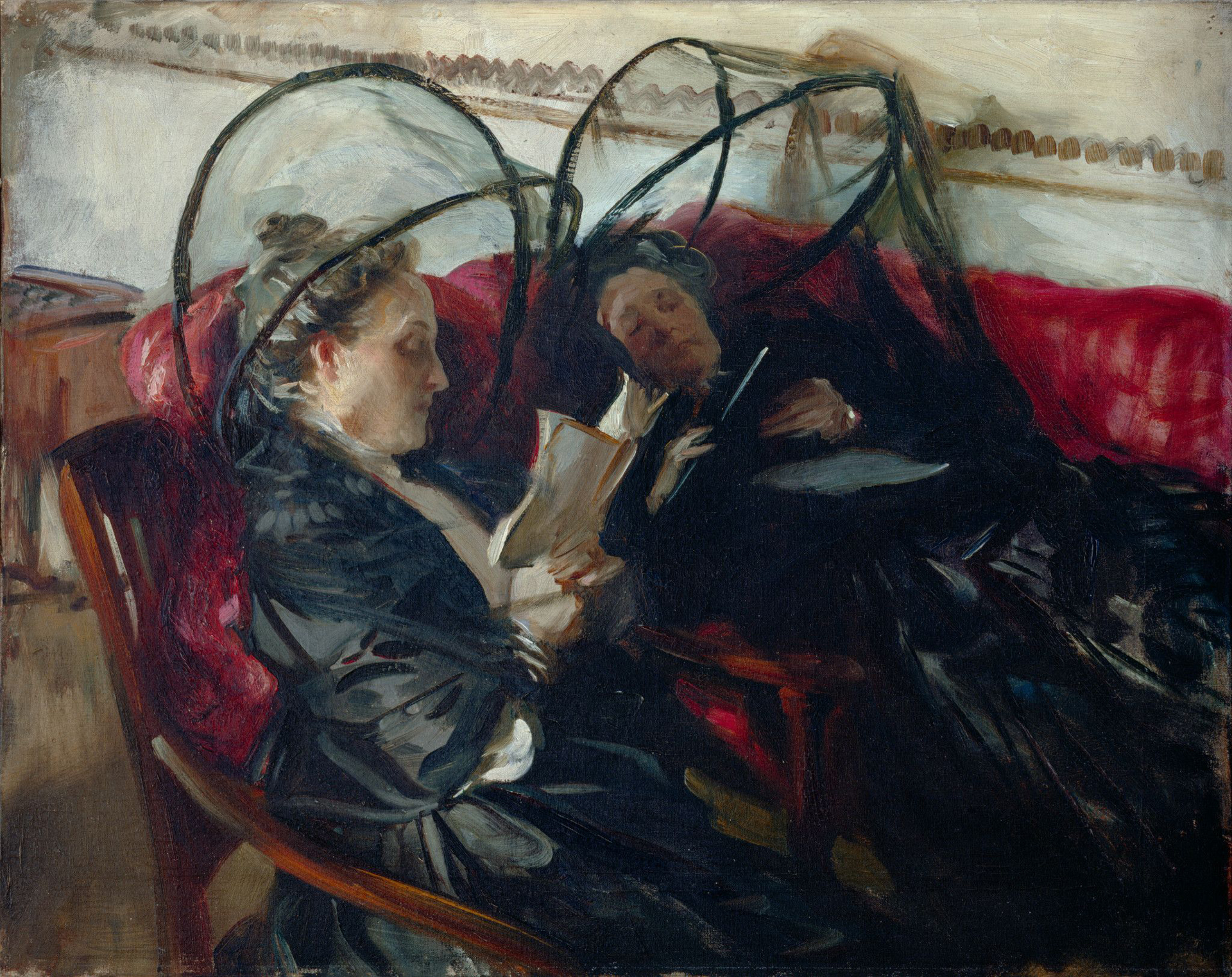Look, the Legion of Honor doesn’t need any help from me to publicize Sargent and Spain, its exhibition of paintings, watercolors and sketchbooks made by the American expat John Singer Sargent during and after his many visits to Spain. But there were so many surprises and discoveries within the show that I feel compelled to voice my enthusiasm.
Sargent, best known for his regal and luminous oil portraits of 19th- and early 20th-century high society, first journeyed to Spain as an adult in 1879 to learn from his artistic forebears, studying and copying works by El Greco, Diego Velázquez and Francisco Goya.
In total, he would make seven trips there over the course of three decades, traveling further into the Spanish countryside and coastal communities, beyond the urban centers frequented by fellow tourists. As he traveled, he took and purchased photographs, sketching architecture and gardens that would continue to influence his work long after he left.
Sargent’s renderings of empty courtyards and dense vegetation show the precision of someone dedicated to conveying a sense of light and space. His paintings of Mallorca, in particular, depict the blinding light of a Mediterranean island and the cool blue shadows cast by the rigging of boats. It’s clear the intricate beauty of places like the Alhambra fascinated him, but he was also acutely aware of — and interested in — daily contemporary life.

A perfect example of this duality comes from the enigmatic painting Turkey in a Courtyard (c. 1879–80), in which a carved wooden balcony and an arched doorway fade into a brushily rendered turkey wedged (in a strange compositional move) into the lower right corner of the canvas.




